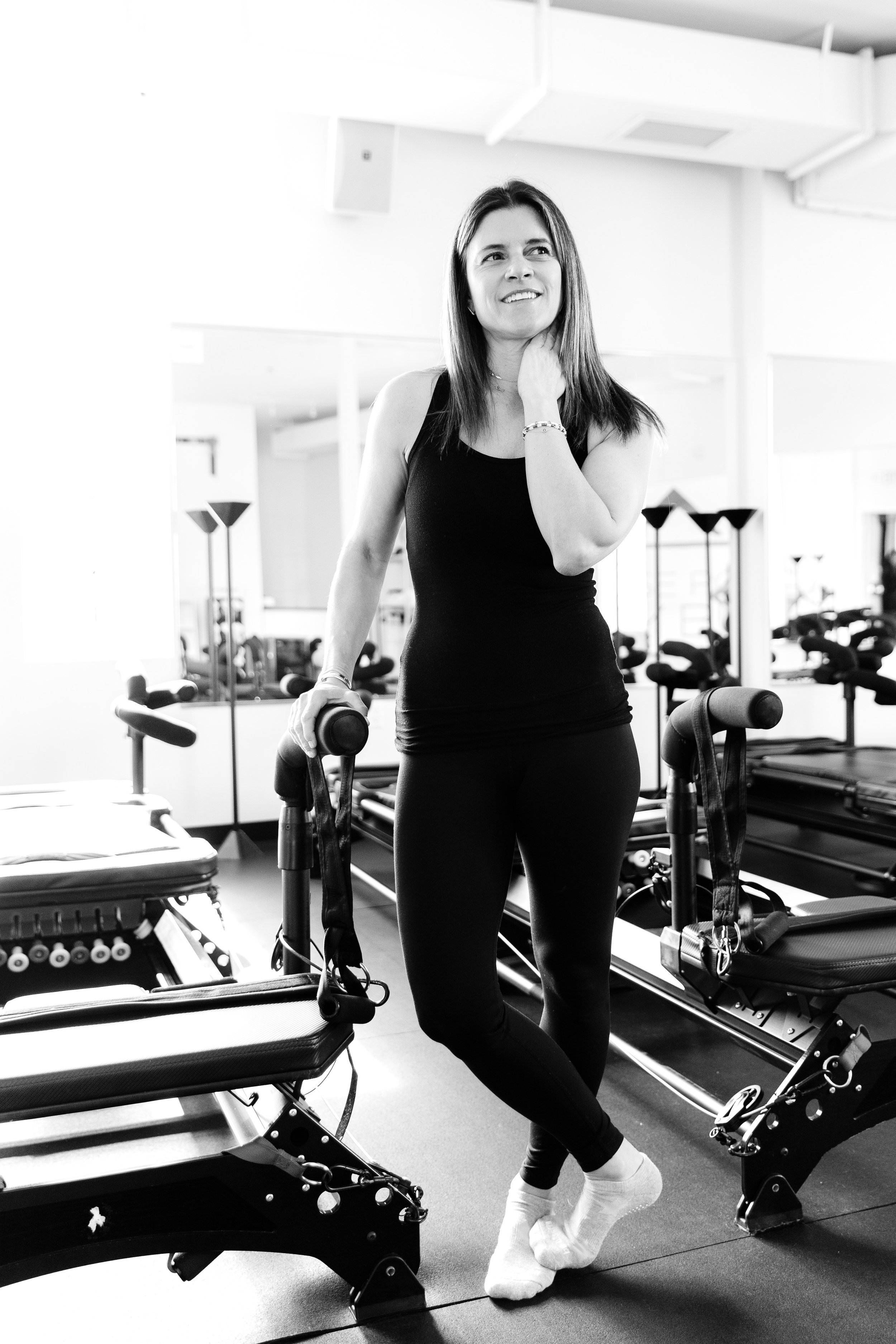Sutures have one purpose, according to expert plastic surgeons: they hold the wound together while your body heals. Sutures give your body time for collagen to be deposited for closure and much less scarring. In surgery, generally, there is little consideration for stitching as long as your body gets the chance to heal. However, when it comes to plastic surgery, stitching matters a great deal, from the materials used to the removal. The quality of stitching you get can either ease the recovery or result in a complication. Therefore, if you are getting plastic surgery in Texas, here are four questions you should ask your doctor.
1. What Kinds of Sutures Are There?
According to Dr. Olivier Deigni of Deigni Plastic Surgery, there are two types of sutures: absorbable, meaning they lose most of their tensile stress in 60 days, and nonabsorbable. Surgeons generally use absorbable sutures as deep sutures since they do not need to be removed; they dissolve on their own. Conversely, nonabsorbable sutures are either permanent or require manual removal and are often used as surface sutures.
Understanding the difference these sutures make for you as a prospective patient is essential. For example, absorbable sutures let you avoid the inconvenience and potential discomfort of having the suture removed. However, these stitches dissolve through hydrolysis, which is often as a result of inflammation caused by your body breaking the sutures down.
More so, surgeons do not like to use them for areas such as the face to avoid months, maybe even years, of healing. Therefore, depending on what type of plastic surgery you are getting, using non-reactive stitches may be the best option.
2. Does the Depth of the Stitches Matter?
Typically, deep stitches matter; suturing correctly depends on how accurately those deep stitches are put in. The stitches have to be fixed below the skin so that there is no separation between the edges of your skin. When these stitches are properly put in, they can reduce tension by pulling the skin together, thus creating a fine-line scar.
Furthermore, the surgeon should ask them if they will do the stitching personally or at least supervise the process to ensure accuracy. While the surgeon does not necessarily have to do the stitching, they have to ensure their assistant does it the same way they would.
3. Does It Matter if You Miss the Appointment Day for Removing the Sutures?
Timing matters a great deal when it comes to removing sutures, especially if you do not want a railroad scar. More often than not, surface sutures are removed five days after the surgery, six at the most. If your surgeon says you should wait a bit longer to have them removed, be sure to ask why. The longer stitches remain, the higher the risk of getting a poor final scar with very visible suture marks. Meanwhile, if your surgery involves areas of high tension like the abdomen and torso, stitches need to stay longer than a week.
4. What Should I Do if My Suture Starts Poking Out?
There is a good chance that sutures buried deep in the skin will start poking out from the surface at six weeks. This poking out is typically seen with permanent sutures, which is why some surgeons in Texas do not like using them. However, dissolvable sutures can also poke out - a phenomenon called “spitting out."
If you find a little red pimple or bump with some discharge along the suture line, you may feel (not see) the stitching sticking out. As annoying and sometimes distressing as it may seem, they are not a big deal and will not affect long-term healing.
Simply apply a warm and moist compress to the area to expose more of the suture and trim it with a nail clipper. You may need to do the warm compress for a few days before more of the suture comes out. If it looks like it is getting worse or not budging, see your doctor for a more sterile solution.
Conclusion
Lastly, when it comes to surgical incisions, what is happening underneath, not the surface, is the real deal. Therefore, even when your doctor has removed your sutures, it does not mean your body has healed. Therefore, avoid jumping or moving around too much so you do not undo some of the deep sutures, among other things.




